Irrigating sloped fields from a river source presents a set of distinct challenges. The combination of moving water, potential debris, and significant changes in elevation requires careful planning to ensure efficient and reliable water delivery. An agricultural self-priming pump can be a central component of a solution for such terrain, but its effectiveness depends on a well-considered setup that addresses these specific conditions—balancing water access, system durability, and adaptability to hilly landscapes.
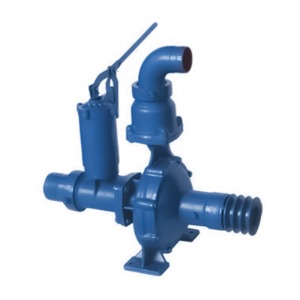
Securing and Protecting the River Water Source
Drawing water from a river demands proactive measures to protect the pump and maintain a steady supply. A robust intake strainer or screen is essential to prevent leaves, silt, twigs, and other floating debris from entering the pump, which could cause blockages, impeller damage, or reduced performance over time. The strainer should have appropriately sized openings to filter out large particles while allowing sufficient water flow.
Securing the intake hose is equally critical. In a flowing river, a weighted strainer or a hose anchored firmly to the riverbed—using rocks, stakes, or specialized anchors—can prevent it from shifting into shallow areas, getting caught on submerged obstacles, or becoming exposed to air as water levels fluctuate with weather or seasonal changes. Additionally, positioning the intake below the river’s surface (but above the sediment layer) helps avoid sucking up excessive silt, which can wear down pump components.
The use of a foot valve at the end of the suction hose offers notable benefits. This one-way valve closes when the pump stops, helping to retain water within the suction line. By keeping the line primed, it significantly reduces the time and effort required for the pump to re-prime itself during intermittent use—streamlining the irrigation process and minimizing downtime between watering sessions.
System Configuration and Component Selection
The choice of delivery hose or pipe directly influences system performance on hilly land. Lightweight yet durable layflat hoses are often favored for their portability and ease of storage, making them ideal for farms where irrigation zones shift seasonally. For more permanent installations, aluminum or PVC pipes are viable options—aluminum offers strength and resistance to impact, while PVC is corrosion-resistant and lightweight. The decision between a portable system (where the pump is moved as needed) and a semi-permanent setup depends on the farm’s layout, the number of irrigation zones, and how frequently watering schedules change.
In systems where water is delivered to multiple zones or through sprinklers, pressure management becomes necessary. Sloped terrain naturally creates pressure differences—water flowing downhill gains pressure, while uphill sections lose it. Pressure regulators can help balance these variations, ensuring water is applied evenly across the field. This prevents issues like erosion from high-pressure water at the bottom of slopes and under-watering at higher elevations, where pressure might otherwise be too low to reach sprinklers effectively.
Operational Practices for Long-Term Reliability
Starting the pump requires following a specific sequence to avoid damage and ensure efficient priming. First, ensure the priming chamber is filled with water to create the necessary suction. Next, close all valves (both intake and discharge) to build pressure, and confirm the intake strainer is fully submerged. After starting the pump, gradually open the discharge valve to prevent sudden pressure surges that could crack pipes or damage the pump’s internal components.
Regular maintenance during the irrigation season is key. Monitoring the intake strainer for cloggingespecially after heavy rain or when river debris is abundant—helps maintain consistent water flow. Checking for air leaks in the suction line (indicated by reduced pump performance or unusual noises) is also a good practice, as even small leaks can disrupt priming and reduce efficiency. At the end of the season, a thorough cleaning of the pump (including flushing the interior to remove sediment) and complete drainage of all water from the systempipes, hoses, and valves—prevents damage from freezing temperatures and corrosion. Proper storage in a dry, covered area further extends the life of the equipment.
Building an Effective Water Delivery Framework
Successfully using an agricultural self-priming pump on river and hilly land hinges on a systematic approach. It involves securing a clean, stable water intake, selecting components tailored to terrain and usage needs, managing pressure to accommodate slopes, and adhering to consistent operational and maintenance routines. By addressing each of these elements, a farmer can develop a reliable irrigation framework that makes efficien

 English
English русский
русский Español
Español
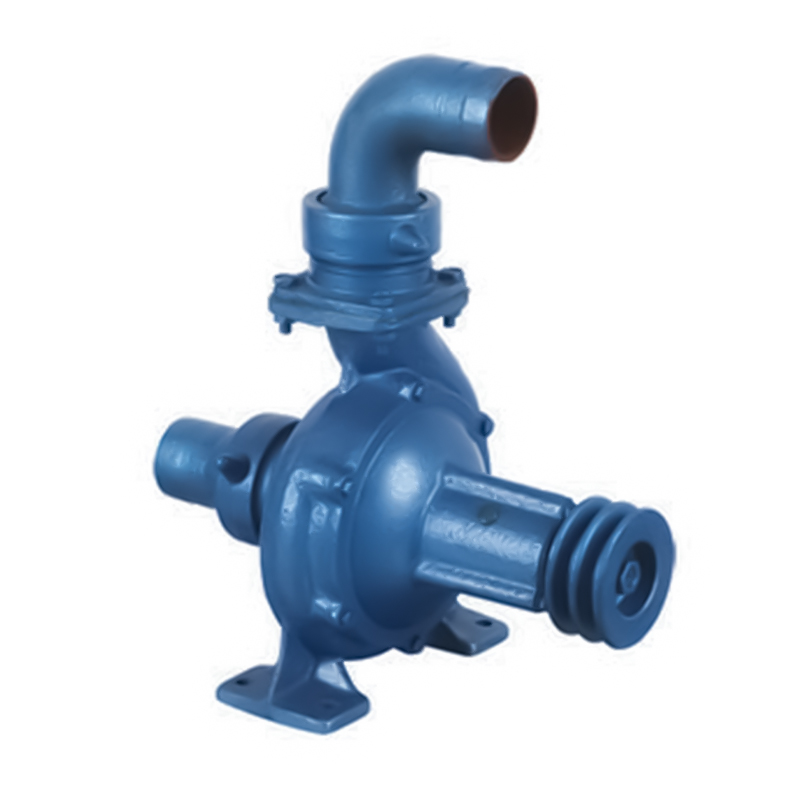
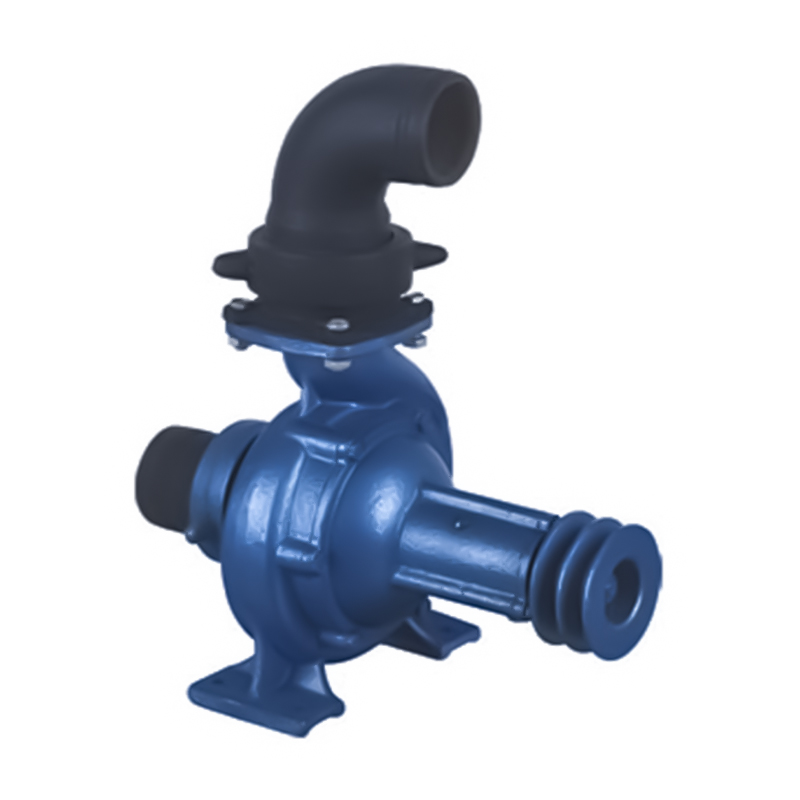
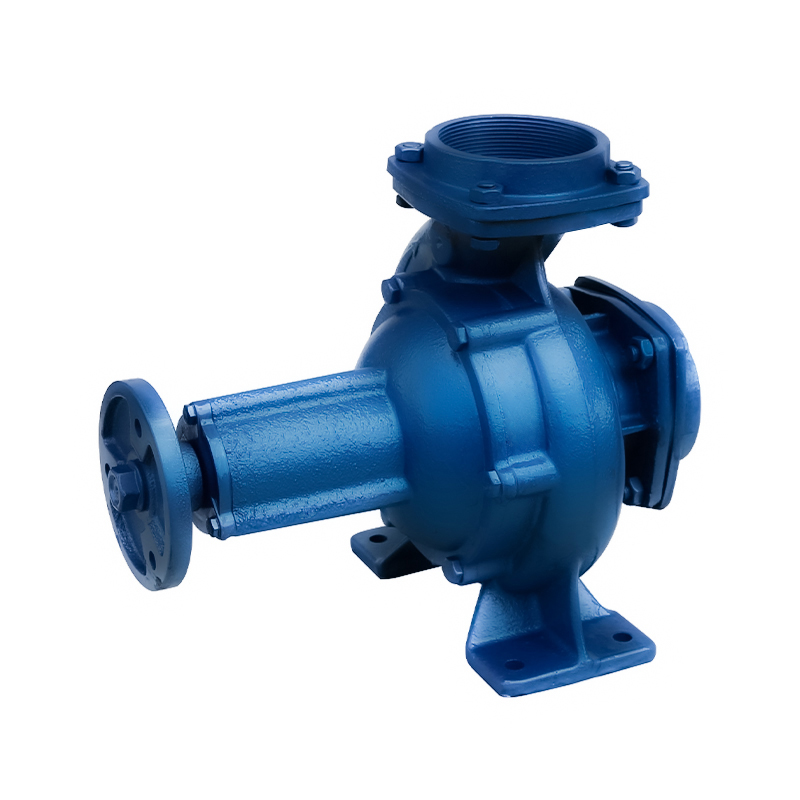
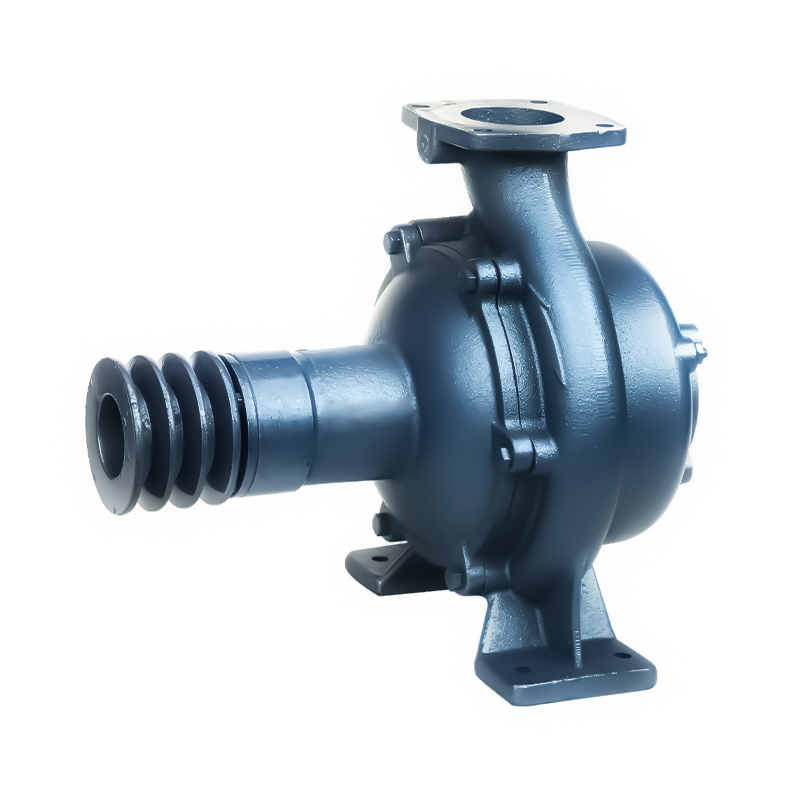
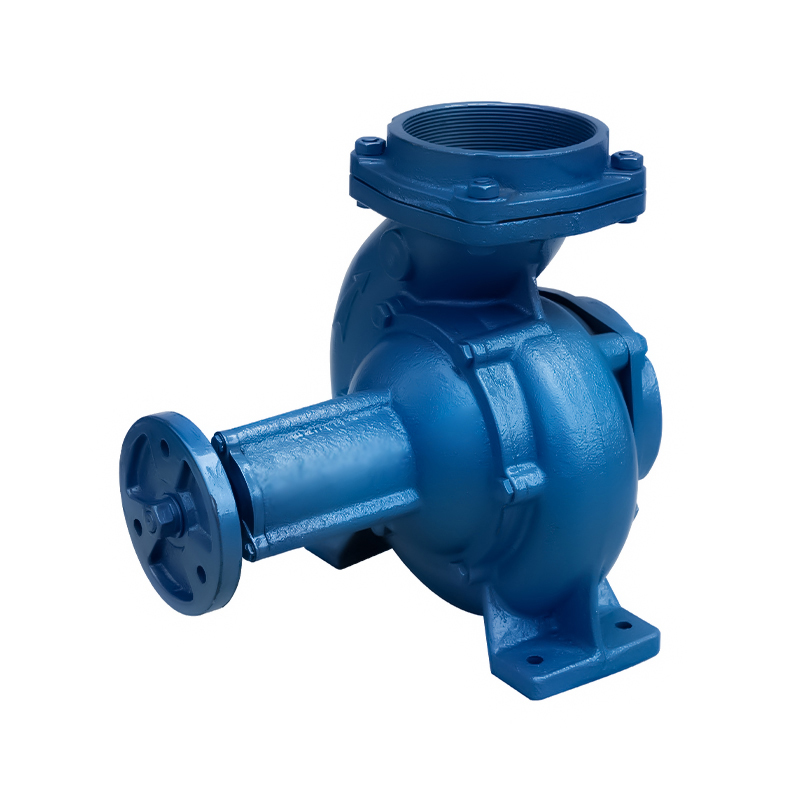
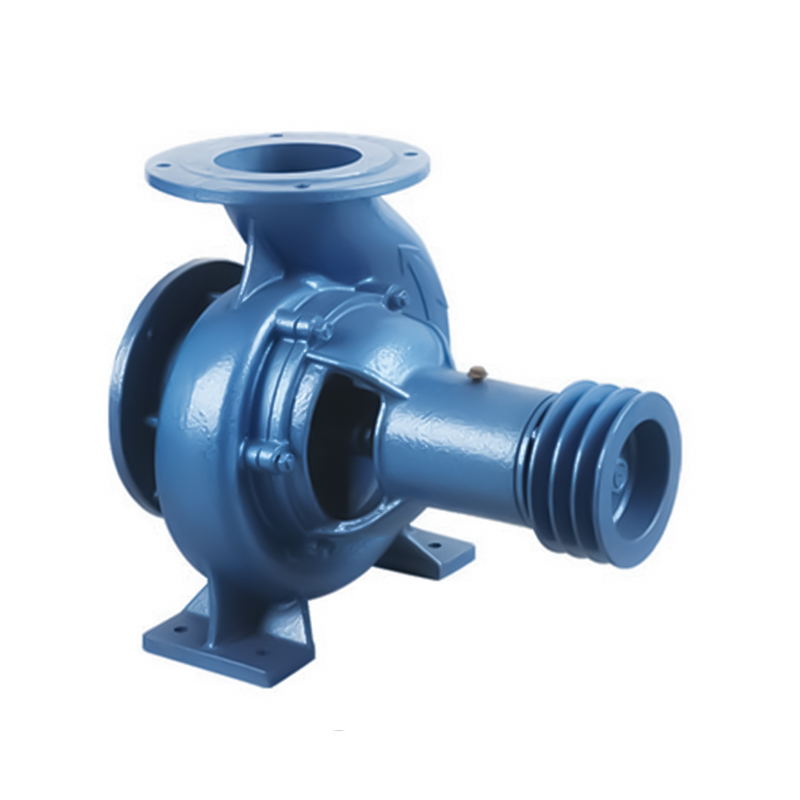
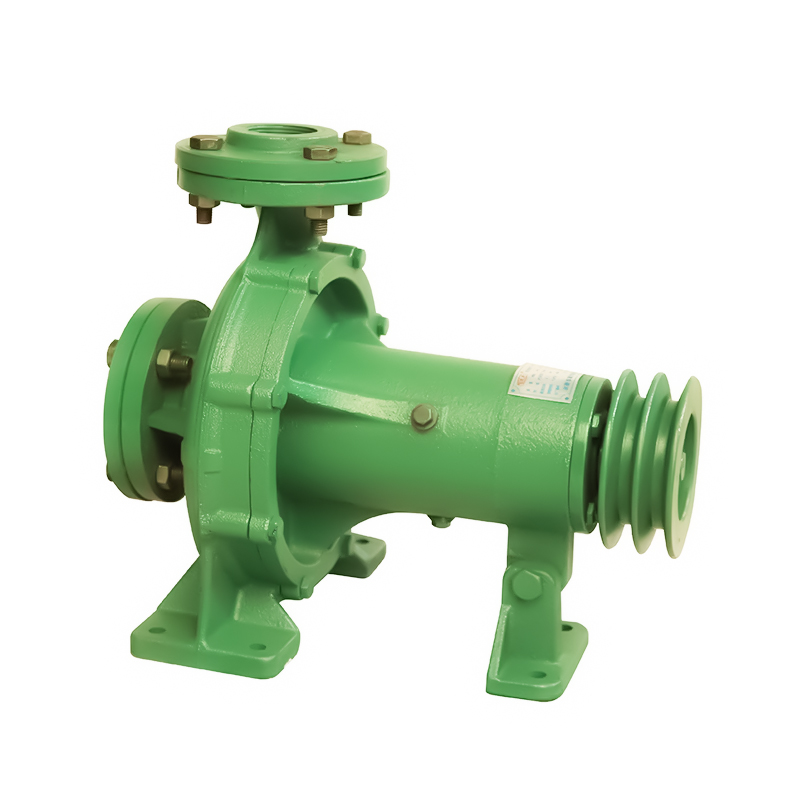

 Email:
Email:
 Phone:+86-13605899207
Phone:+86-13605899207

